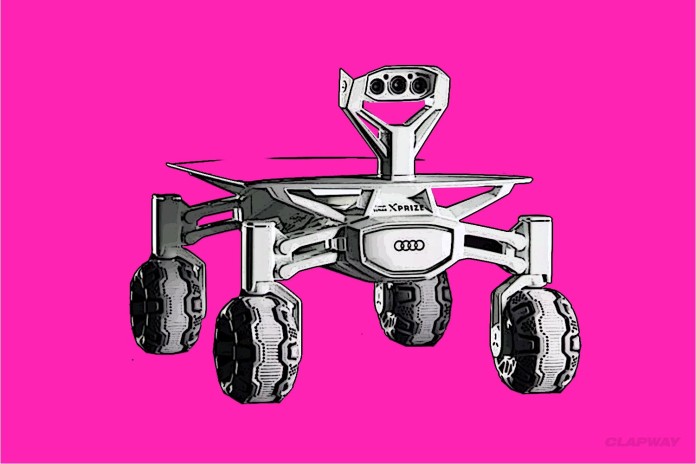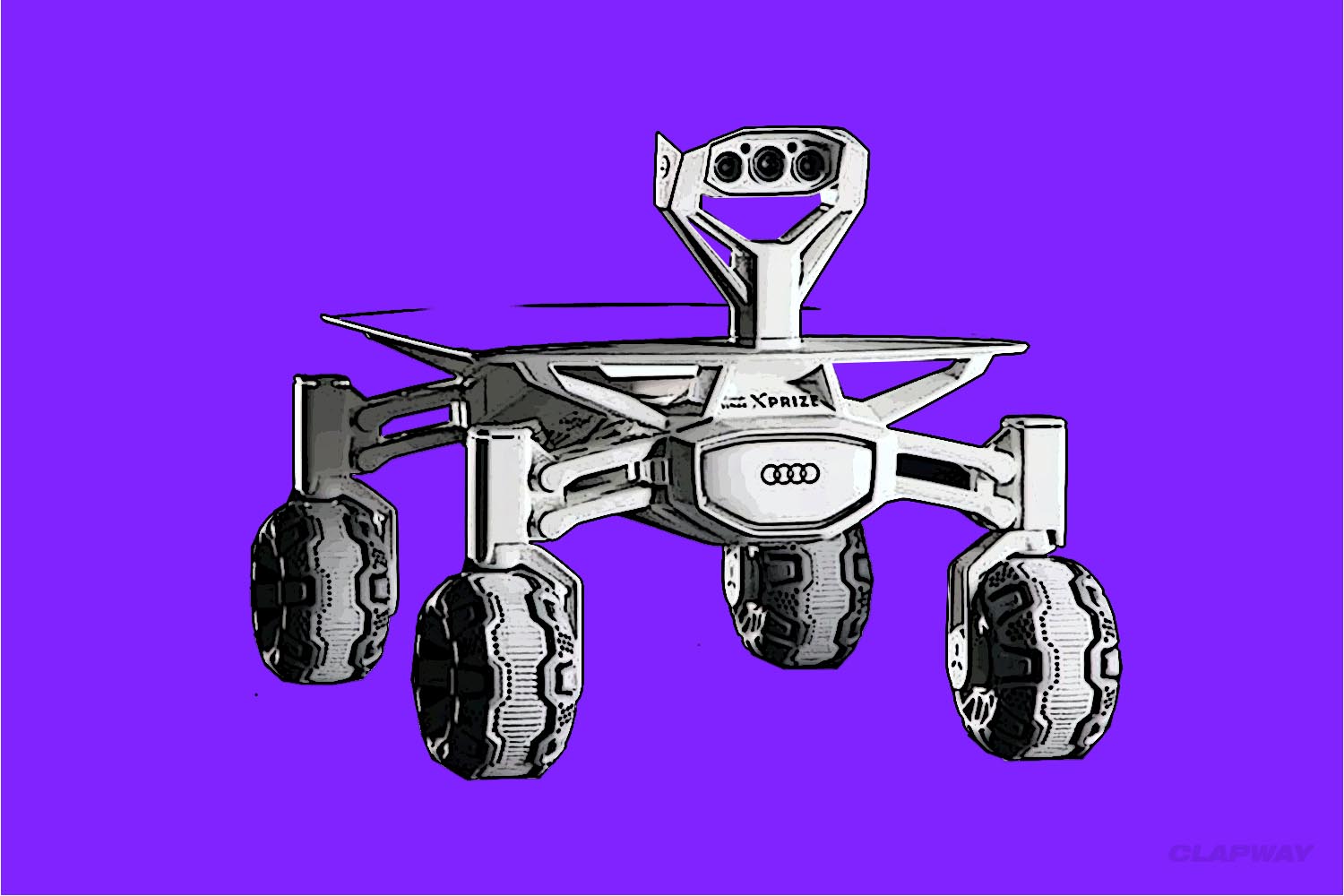
Audi is looking out for the moon, and companies like Google, Ford and Toyota may just join in their efforts to get their names on the satellite. The automaker is partnering up with Part-Time Scientists to get an Audi Rover on the old landing site of Apollo 17.
Audi Goes to Space, Will Ford and Toyota Join?
As its mission, Part-Time Scientists will be getting technical support from Audi. Both teams combined will bring life to an ‘Audi Lunar Quattro Moon Rover’. The rover will be touching down on the old landing site of Apollo 17. Board Member for Sales and Marketing Luca de Meo expressed he hopes that other companies, like Google, Ford or Toyota, might partner up for the project. The moon is a hot topic among space agencies though NASA is more focused on Mars.
NASA Might Not Care About the Moon, But ESA, Roscosmos and CNAS Do
The moon is a hot topic among space agencies though NASA is more focused on Mars. ESA and Roscosmos are teaming up to build a colony on the moon, and CNAS is also pushing for another space probe launching to the moon. Any of these three agencies could join hands with Part-Time Scientists and Audi to put that rover on the moon.
Final Goal: $30 Million Google Lunar XPRIZE
A team from Part-Time Scientists is actually working with the Google Lunar XPRIZE competition to send an unmanned probe to the moon. Audi comes in with their Quattro all-wheel drive technology, and their extensive knowledge of lightweight construction and electric mobility to the new rover, as well as piloted driving.
A privately funded mission to the moon is a very attractive concept to Audi. The car maker is looking for innovative ideas to contribute to and promote. The collaboration with Part-Time Scientists may bring in other collaborators, who will bring in their own know-how into the equation. This is Audi’s exact intention.
Audi Goes to Space
This competition, funded by Google, is supposed to inspire engineers and entrepreneurs from all over the world to find low cost ways to develop robotic space exploration. The winner of the $30 million prize will have to successfully land a robot on the surface of the moon and roam for at least 500 meters. It must also transmit HD video and imaging back to Earth.
The Audi and Part-Time Scientists rover will be launching hopefully by 2017. It will be onboard a launching rocket, travelling 380,000 kilometers to the moon. It will be about five days until it lands on the landing site of the late Apollo 17, where temperatures linger up to 300 degrees Celsius.


















